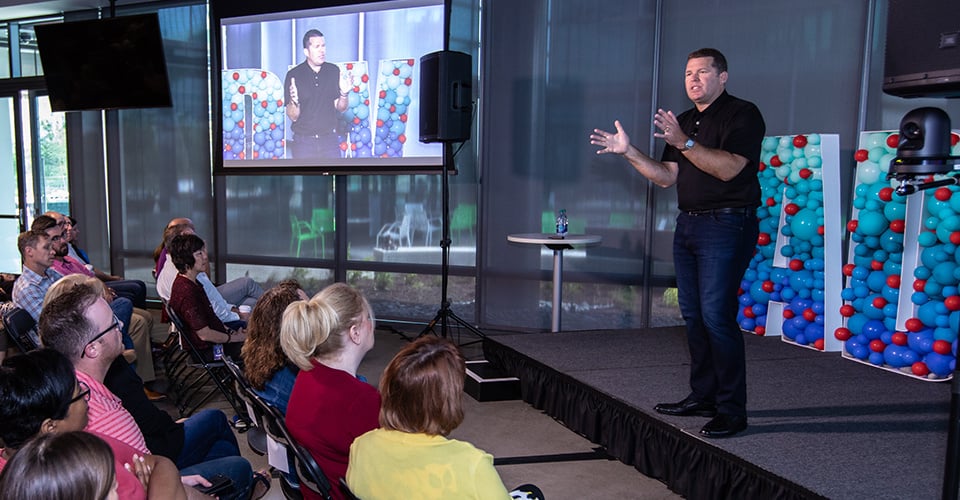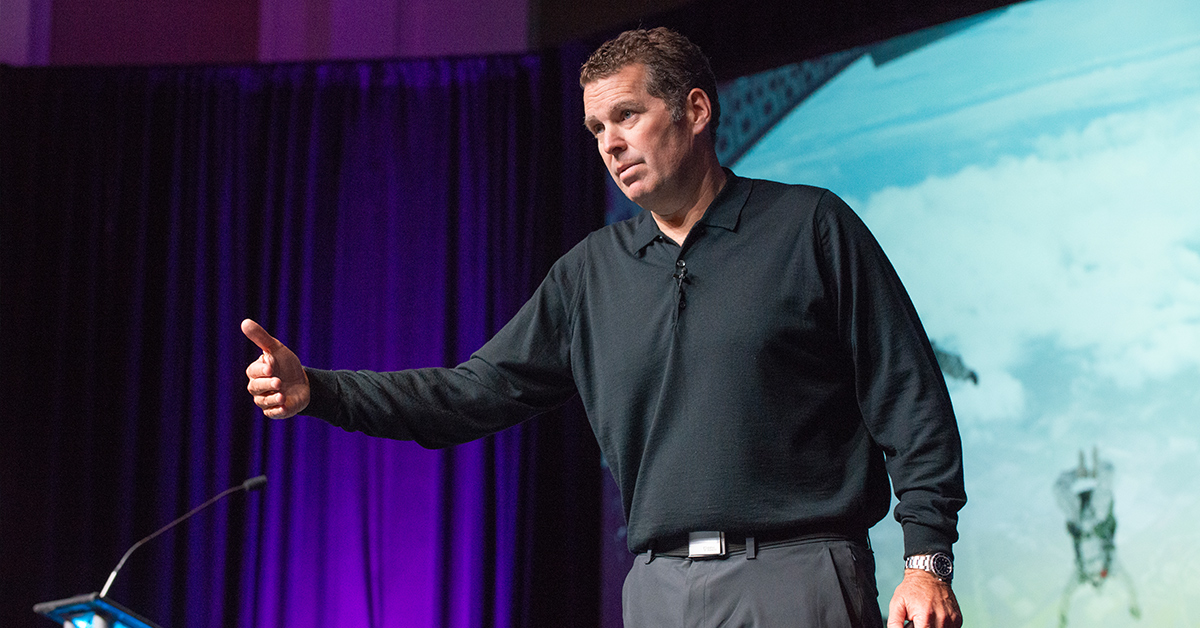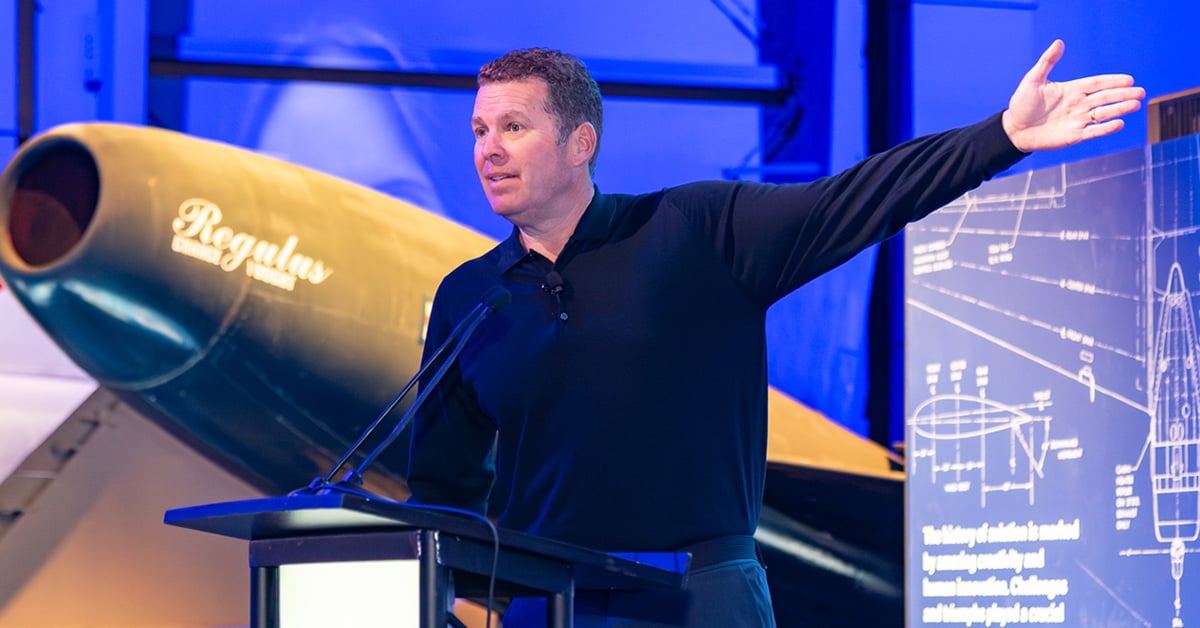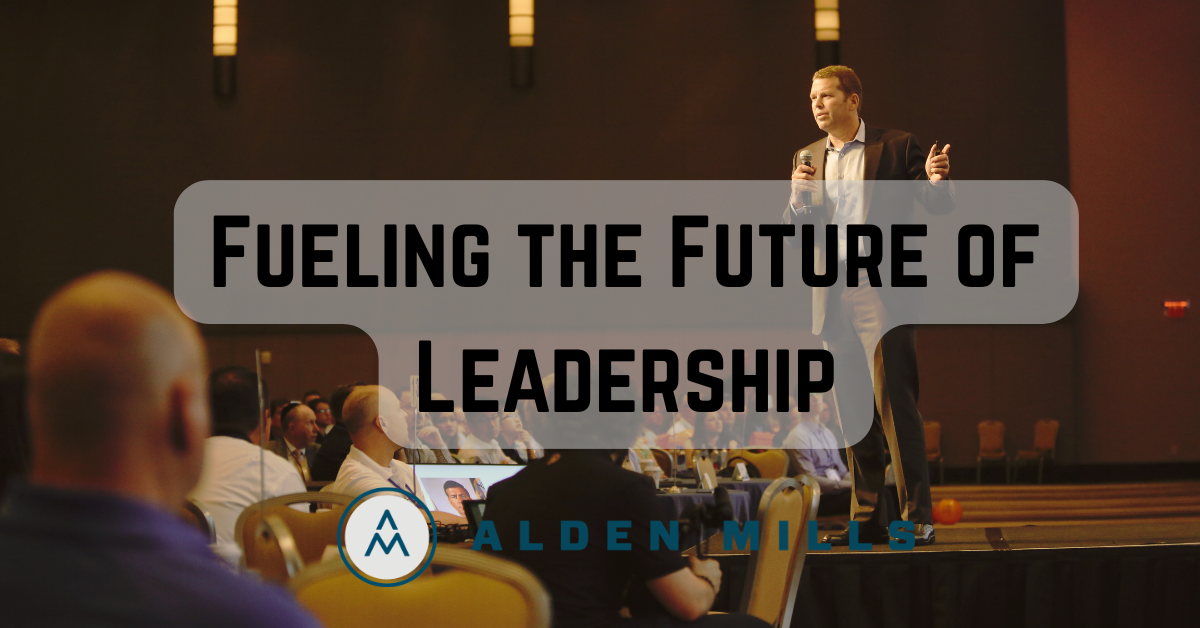In today's dynamic business world, a strong organizational culture is not just vital—it's the foundation of success. Many leaders struggle to create a sustainable and powerful culture. This gap between recognizing culture's worth and building it causes organizations to stumble. "Culture eats strategy for breakfast" is widely attributed to Peter Drucker, a well-known management consultant, educator, and author. This adage highlights the importance of a robust culture for successful strategies.
How can organizations bridge this gap and cultivate a resilient and adaptable culture?
From my experiences as a leadership coach and professional speaker, leaders often lack a clear framework to guide them. Creating a culture hinges on consistency.
The organization's repeated actions, whether positive or negative, shape its character and culture.
Drawing on my 40+ years of experience shaping high-performing team cultures, from National Championship caliber D1 college athletics to leading Navy SEALs, Inc 500 companies, and charity organizations, this series provides a blueprint for creating an Unstoppable Culture in your organization.
- Part One: The Foundation of Culture explores the critical role consistency plays in culture creation and the impact of repeatable actions by everyone in the organization. I delve into why so many leaders struggle with culture building and introduce the first steps towards constructing a robust cultural framework.
- Part Two: The 3 Pillars of Culture examines the core elements that constitute a strong organizational culture: Promise, People, and Process. This part provides actionable insights into defining your organization's pillars and aligning them with your cultural vision.
- Part Three: Closing the Culture Gap focuses on bridging the divide between aspirational culture and the culture that is truly practiced within the organization. It offers strategies for maintaining culture as a dynamic, living entity that evolves with your organization and the broader environment.
By the end of this series, you will not only understand the importance of a deliberate and well-crafted culture but also possess the tools and knowledge necessary to build one. Let's embark on this journey to transform your organization's culture into its most powerful asset.
Part One: The Foundation of Culture
Rule #1: The Three Levels of Leadership—Shaping Culture from Individual Actions
At the core of every Unstoppable Culture lies a fundamental truth: the actions of individuals shape the destiny of organizations. Imagine a serene pond, its surface smooth as glass. When a pebble is dropped into this pond, it creates ripples that expand far beyond the initial point of impact. This is the perfect metaphor for understanding the profound effect of individual actions within an organization. The "pebble" represents the actions of any member within the organization, and the ripples symbolize the widespread influence of these actions across three distinct but interconnected levels of leadership: individual, team, and organizational culture.
A Real-World Illustration: The Pebble Effect in Action
Consider the story of a tech startup, where a junior developer went beyond her duties to create an innovative solution to a pressing client issue. Her initiative not only resolved the immediate problem but also inspired her team to adopt a more proactive and creative approach to challenges.
This shift in team dynamics led to the development of a company-wide innovation program, encouraging all employees to contribute ideas towards solving client problems. The junior developer's single action—the pebble—created ripples that transformed the organization's culture, emphasizing innovation, collaboration, and empowerment at all levels.
The Three Levels of Leadership
Self-leadership is the cornerstone of cultural transformation within any organization, emphasizing the significant impact of individual actions, values, and initiatives on the broader organizational culture.
This principle highlights the importance of recognizing one's responsibility for their actions, advocating for consistency, commitment to growth, and dedication to the collective vision. It underscores the necessity for individuals at all levels to embody and enact the values that define the organization's identity, serving as a catalyst for a thriving, dynamic culture.

However, the evolution of this culture is not solely the responsibility of individuals acting in isolation. It is intricately shaped by the organizational leadership's deliberate strategies and structures, which direct, reward, and celebrate individual efforts. This symbiosis between top-down leadership approaches and bottom-up contributions ensures that personal actions are aligned with the organization's broader goals.
By establishing a supportive structure that both guides and amplifies these contributions, leaders can forge an empowered culture where individual commitment and organizational vision converge, fostering an environment of collective strength and unity.
Self-leadership acts as the first domino in a chain reaction of positive change. It's about making a conscious decision to be a role model, regardless of one's position within the organization. The key takeaways are:
- Individual Actions Matter: Every action, no matter how small, contributes to the culture of the organization.
- Leadership at Every Level: Everyone has the potential to lead by example, influencing team dynamics and organizational culture.
- Consistency is Key: Repeated positive actions are the building blocks of a strong, resilient culture.
- Empowerment Through Recognition: Celebrating these actions encourages a culture of empowerment and ownership.
By embracing these principles of self-leadership, individuals at all levels can contribute to creating an Unstoppable Culture. It’s a collective journey where each step, each action, and each decision contributes to a larger tapestry of organizational excellence. As we proceed to Rule #2, remember: the strength of a culture is a reflection of the commitment and actions of its people.
Rule #2: The Architecture of Culture: Building from Structure
Just as a skyscraper relies on scaffolding to support its rise from the ground up, organizational culture is constructed through the framework of structured practices and rituals that support its development. This analogy illuminates the critical role of structure in cultivating a resilient and vibrant culture. Just as scaffolding provides temporary support for the building under construction, establishing a clear framework of expectations, behaviors, and processes acts as the scaffolding for a burgeoning culture, guiding its growth until it can stand firmly on its own.
Creating a Cultural Framework: Practical Steps
To establish this structural support for your culture, consider implementing the following practical steps:
- Define Clear Values and Behaviors: Articulate the core values of your organization and the specific behaviors that exemplify these values. This clarity acts as the blueprint for your cultural skyscraper, guiding the daily actions and decisions of your team members.
- Establish Rituals and Ceremonies: Regularly scheduled events, such as weekly team meetings, monthly recognition ceremonies, or annual retreats, serve as the "rituals" that reinforce your culture. These gatherings are not just for updates but are opportunities to celebrate successes, learn from failures, and reinforce the collective commitment to the organization's values.
- Feedback Mechanisms: Create open channels for feedback, such as suggestion boxes, regular one-on-one meetings, or anonymous surveys. These mechanisms ensure that the scaffolding of your culture remains aligned with the needs and perceptions of your team, allowing for adjustments as needed.
- Team-Building Activities: Regular, informal activities that encourage interaction beyond the scope of work projects can foster a sense of unity and shared purpose. These might range from volunteer days to team lunches, from competitive sports days to creative workshops.
- Reward and Recognition Systems: Explicitly recognize and reward behaviors and outcomes that align with your cultural values. Whether it's through formal awards, public acknowledgment, or informal praise, reinforcing desired behaviors ensures they are repeated and become ingrained.
- Leadership Alignment: Ensure that all leaders within the organization embody and reinforce the culture in their actions and communications. Leadership should be the most visible proponents of the cultural values, setting the standard for others to follow.
By meticulously crafting and maintaining the structural elements of your organization's culture, you create a solid foundation upon which your cultural skyscraper can rise.
Like the scaffolding that supports a building under construction, these structures support your culture's development until it becomes a self-sustaining ecosystem of values, behaviors, and practices that define your organization.
Rule #3: Cultivating a Culture of Continuous Evolution
Cultivating an organizational culture is akin to embarking on a journey without a final destination. It's an ongoing process of refinement and growth, reflecting the dynamic nature of both the organization and the individuals within it. Recognizing that the culture of today can be evolved for the better tomorrow is crucial. It's about embracing a philosophy of perpetual improvement, where the quest for cultural excellence is continuous and unending.
Strategies for Embedding Culture in Everyday Actions
Leaders play a pivotal role in this never-ending journey, demonstrating through their actions that culture is not a static set of values but a living, breathing aspect of organizational life. Here are ways leaders can embed cultural reinforcement in everyday interactions:
- Integrate Culture into Decision-Making: Whether it's a strategic pivot or a minor procedural change, leaders should consistently frame decisions within the context of organizational values and culture. This practice not only reaffirms the importance of culture but also guides the organization in aligning actions with its core principles.
- Seize Everyday Moments: Simple interactions, such as a spontaneous coffee break conversation or a team huddle, are opportunities to reinforce cultural norms. Sharing stories of how team members exemplified company values in their work or acknowledging a small act of leadership can significantly impact cultural cohesion.
- Leverage Formal Settings: Meetings, performance reviews, and quarterly updates shouldn't just focus on metrics and outcomes but also on how these achievements align with and contribute to the culture. This approach ensures that culture remains at the forefront of discussions about success and growth.
- Model the Culture: Leaders should embody the organization's values in their behavior, demonstrating what it means to live the culture daily. This modeling sets the tone for the entire organization, encouraging others to reflect cultural values in their actions.
- Adapt and Evolve: Just as businesses evolve, so too should culture. Leaders must be open to feedback and willing to adapt cultural practices to reflect the organization's current reality and future aspirations. This flexibility ensures that culture remains relevant and resonant with all members of the organization.
By viewing culture as a journey rather than a destination, leaders ensure it remains a central pillar of the organization's identity and strategy.
It's through this continual process of nurturing and improvement that a truly Unstoppable culture is built and maintained.
These three cultural rules are the basic operating tents of any culture. In Part 2: The 3 Pillars of Culture, I will delve more specifically into the three pillars of culture and what it means to close the cultural gap.
Get In Touch
Are you interested in me working with your organization? Please fill out the form below and someone from my team will be in touch soon!
Remember, We Are All Born to Be Unstoppable
It is our Choice to Be Unstoppable. Check out my Books and our Resources and Courses to develop the mindset and actions required to thrive and accomplish more than you originally thought possible. And if you have any questions about motivational speaking, just drop me a line!





